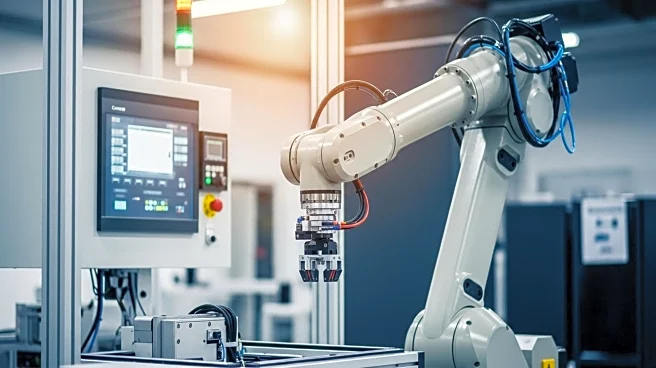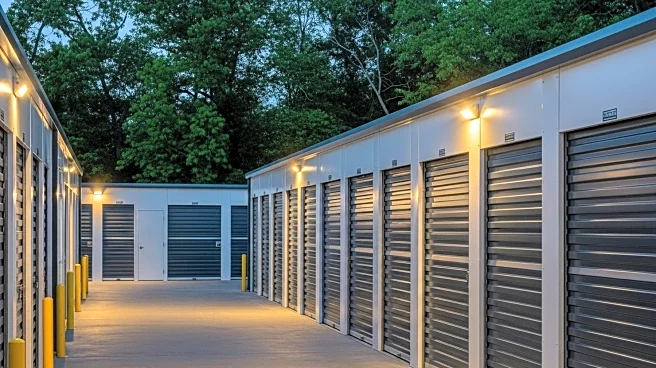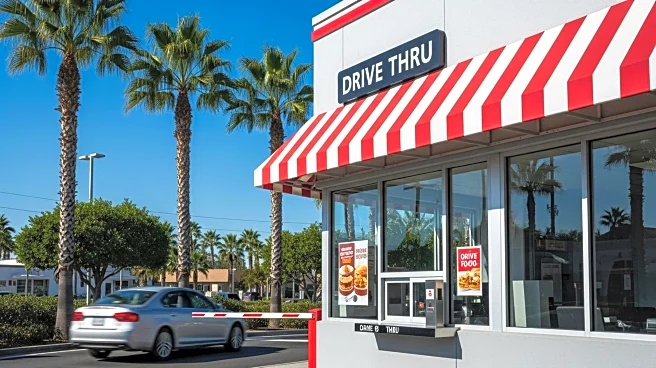What's Happening?
Florida Commerce Secretary Alex Kelly has highlighted a significant challenge facing the state's manufacturing sector: an aging workforce. Florida ranks third in the nation for the number of manufacturing companies but only tenth in terms of manufacturing employees, totaling approximately 430,000. Since 2014, the state has seen a 23.3% increase in manufacturing employment, with the average annual wage for these jobs exceeding $74,000 in 2022. However, more than 50% of Florida's manufacturing workforce is aged 45 or older, which is disproportionately higher compared to other sectors. Kelly emphasized the need to attract younger workers to skilled labor environments, noting that high salaries alone are not sufficient to draw interest. He projected that the current trend of retirements outpacing new entrants will persist until around 2035, necessitating strategic policymaking to address the issue.
Why It's Important?
The aging workforce in Florida's manufacturing sector poses a potential risk to the state's economic stability and growth. As older workers retire, the gap in skilled labor could lead to decreased productivity and competitiveness. This situation underscores the importance of developing policies and initiatives to attract younger workers to the industry. The challenge is compounded by the need for specialized training and education, as highlighted by industry leaders who stress the lack of formal training programs for essential skills. Addressing this issue is crucial for maintaining Florida's position as a leader in manufacturing and ensuring the sector's long-term viability.
What's Next?
To counter the aging workforce trend, Florida may need to implement a combination of public and private efforts to encourage young people to enter trades and skilled labor positions. This could involve enhancing educational programs, offering incentives for training, and improving digital literacy among students and their parents. Additionally, the state might consider revising its approach to economic incentives, focusing on attracting businesses that prioritize workforce quality and location over tax benefits. These steps could help bridge the gap and ensure a steady influx of younger workers into the manufacturing sector.
Beyond the Headlines
The aging workforce issue in Florida's manufacturing sector also raises broader questions about the state's educational system and its ability to prepare students for careers in skilled labor. The lack of formal training programs for essential skills suggests a need for curriculum reform and investment in vocational education. Furthermore, the reliance on economic incentives to attract businesses may need reevaluation, as it could lead to short-term gains rather than sustainable growth. Addressing these underlying issues could have long-term benefits for Florida's economy and workforce development.













